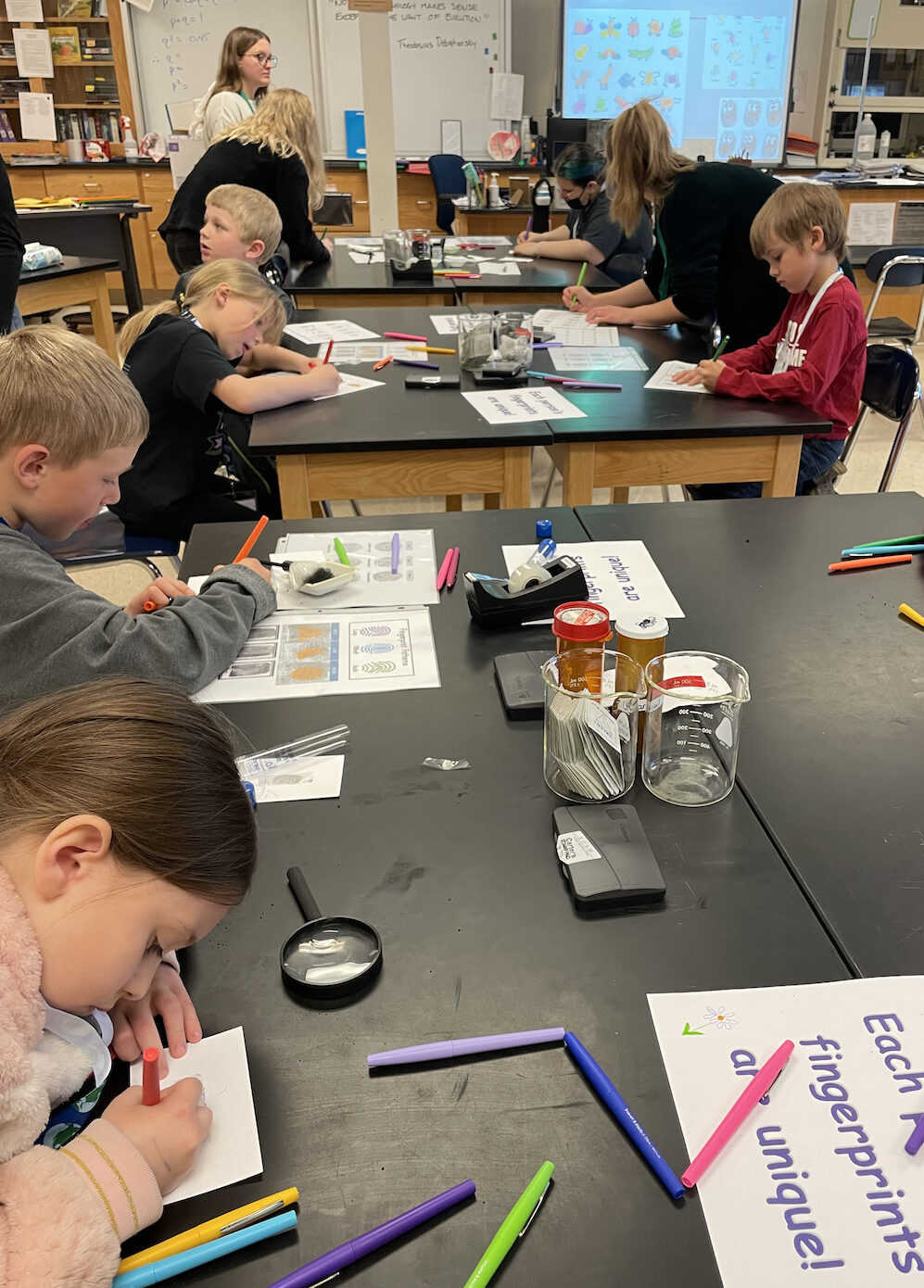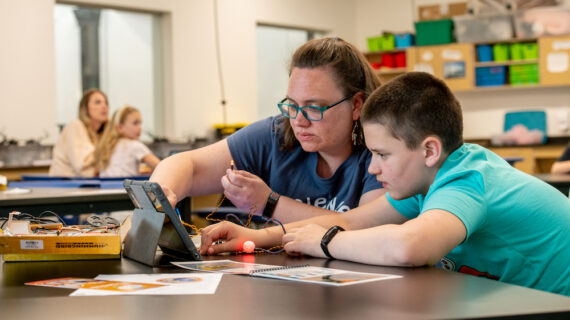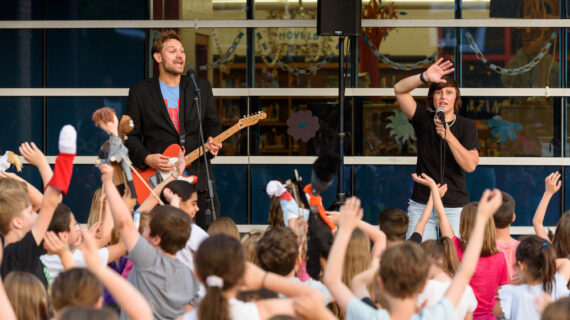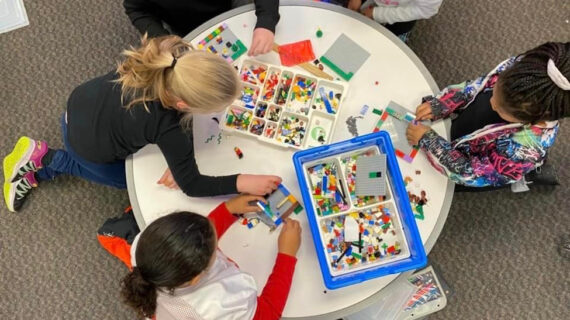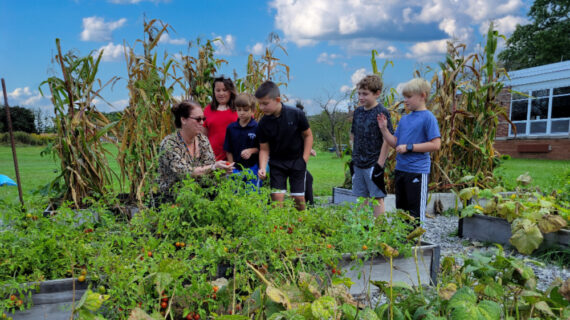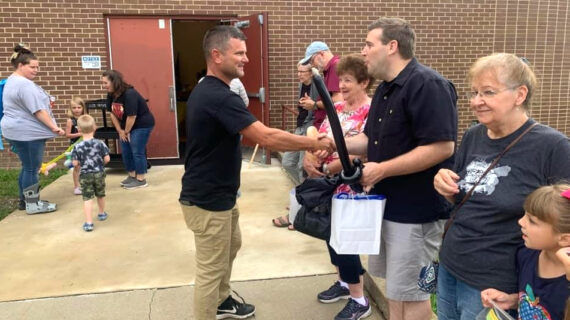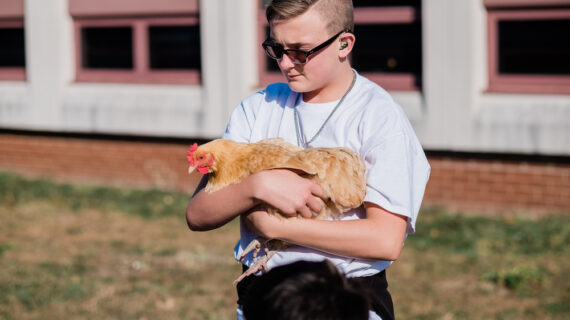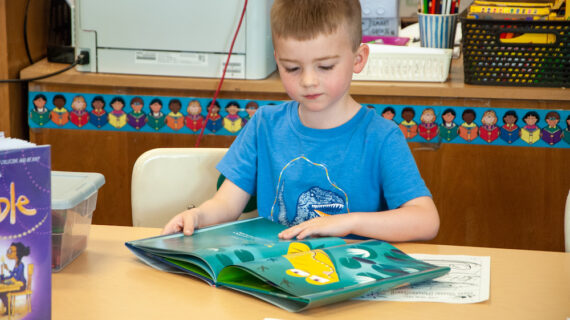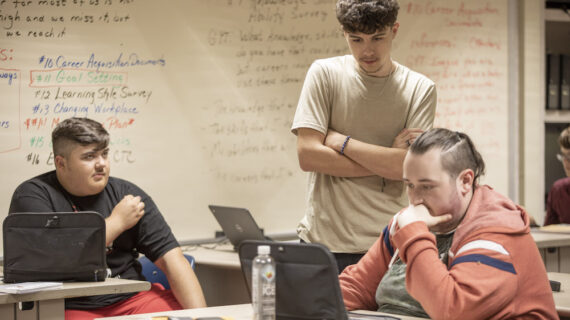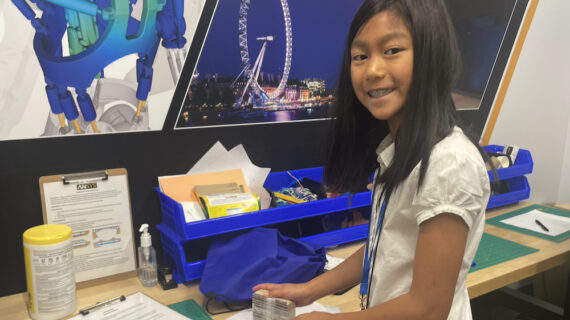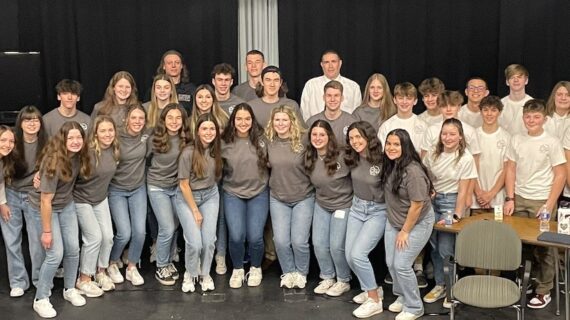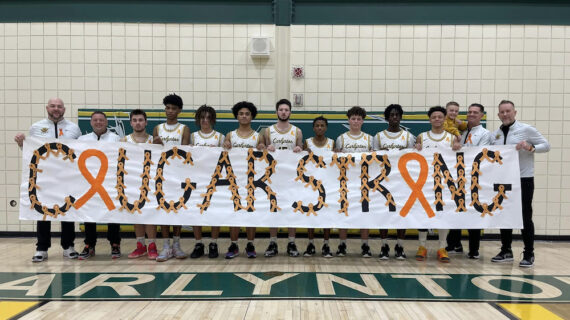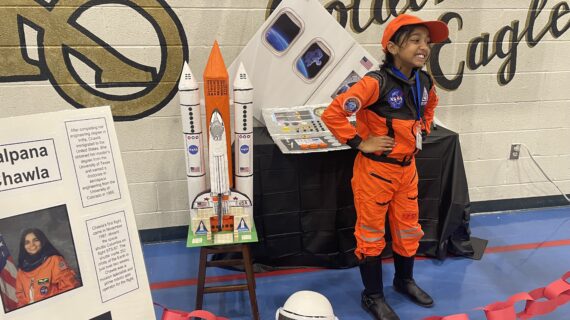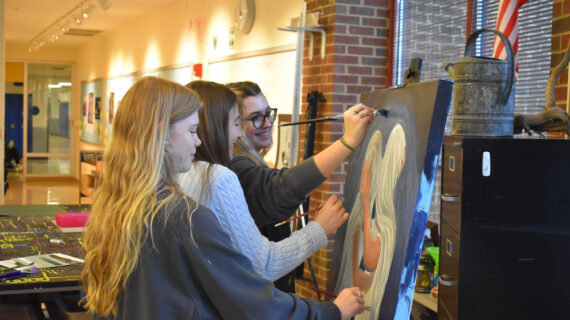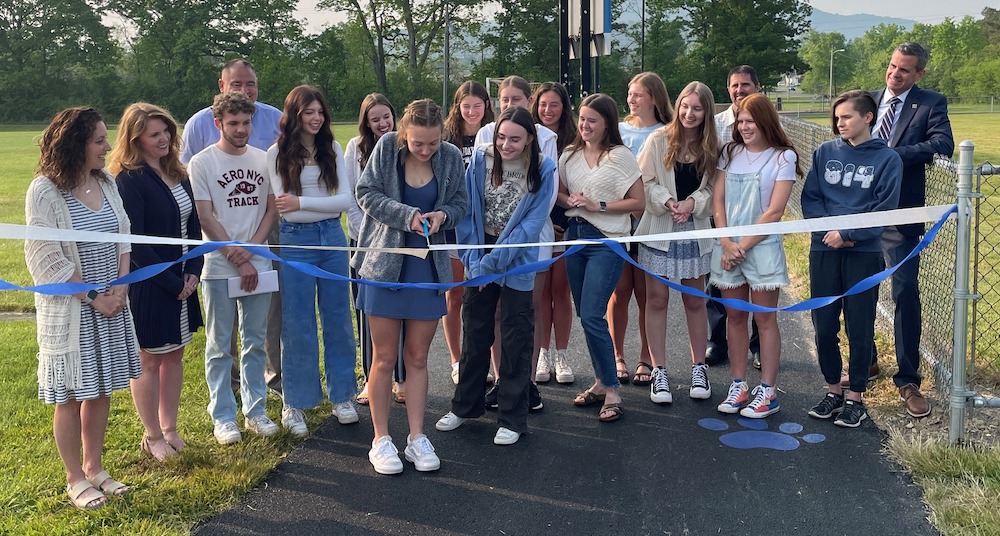
As the world changes, the Hollidaysburg Area School District changes with it
This story is one in a series created in collaboration with the AASA Learning 2025 Alliance to celebrate the work of groundbreaking school districts in the Pittsburgh region. Kidsburgh will share these stories throughout 2023.
On any given day after third period, nearly a quarter of Hollidaysburg Area Senior High School students disappear.
But they’re not cutting class.
“About 20 to 25 percent of our students take part in co-ops,” explains Mark Harrington, the school’s assistant principal. “We have kids doing internships in marketing. We have kids working with local veterinarians. We have kids doing all these fantastic jobs and getting early starts on their careers.”
The co-ops are one of several programs designed to meet students’ modern needs. As the world changes, says Superintendent Bob Gildea, the Hollidaysburg Area School District changes with it. “Sometimes, that means improving instruction to boost student engagement. Other times, it means breaking down walls.”
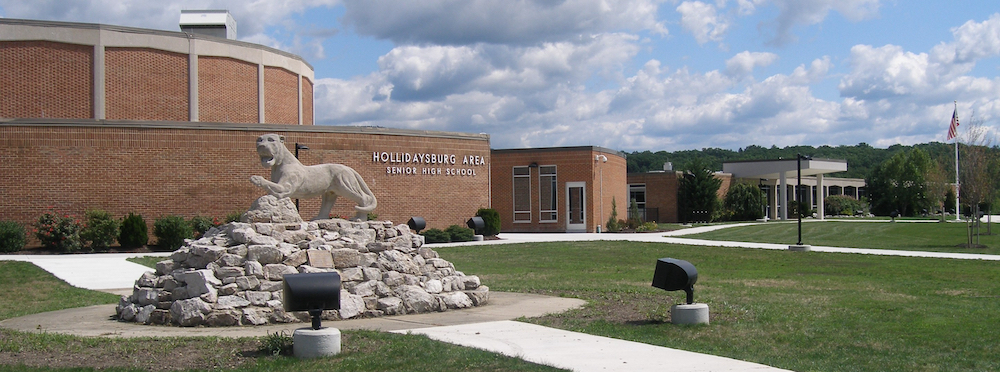
It’s a mission that led the Hollidaysburg Area School District to join the Western Pennsylvania Learning 2025 Alliance, a regional cohort of school districts working together — and with peers across the country — to create student-centered, equity-focused, future-driven schools. Led by local superintendents and AASA, The School Superintendents’ Association, the Alliance convenes for workshops, networking opportunities, and professional development that helps districts like Hollidaysburg do what they do best: prepare every student, regardless of background, to become the best of whoever they are.
“When we were invited to join [the Alliance], we were just coming down over the top of the pandemic’s hill,” says Gildea. “We were thinking about what we’d learned about technology, instruction, and meeting student needs. And we asked ourselves: ‘How can we take those lessons and design the classroom of the future?’ The Alliance offered a chance to explore that question at no cost to the district. It’s been a phenomenal match for us.”
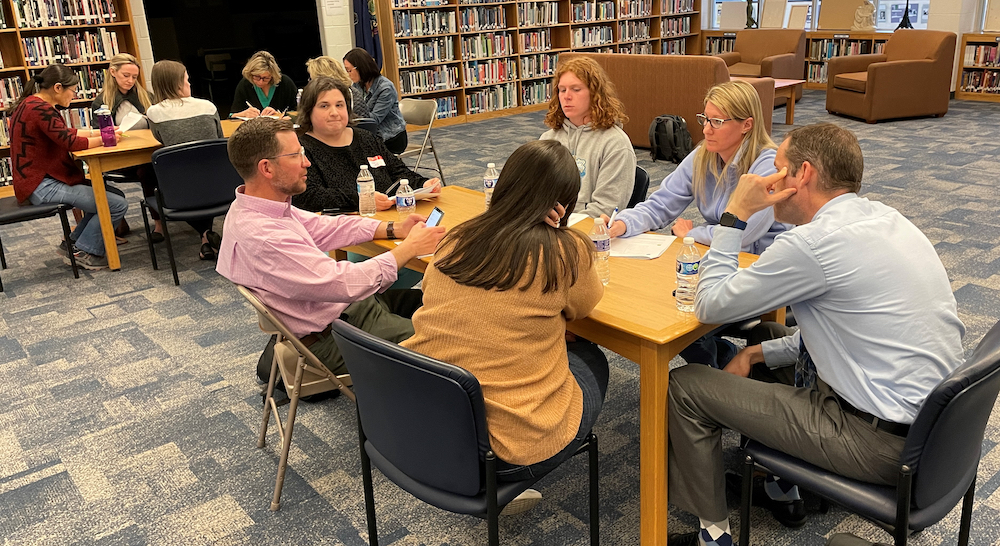
The momentum is palpable in Hollidaysburg Area schools. Maureen Letcher is principal of the district’s senior high school, where a walk through the halls reveals one innovation after another, from “flipped” classrooms (in which students listen to lectures at home) to Advanced Placement courses open to every student.
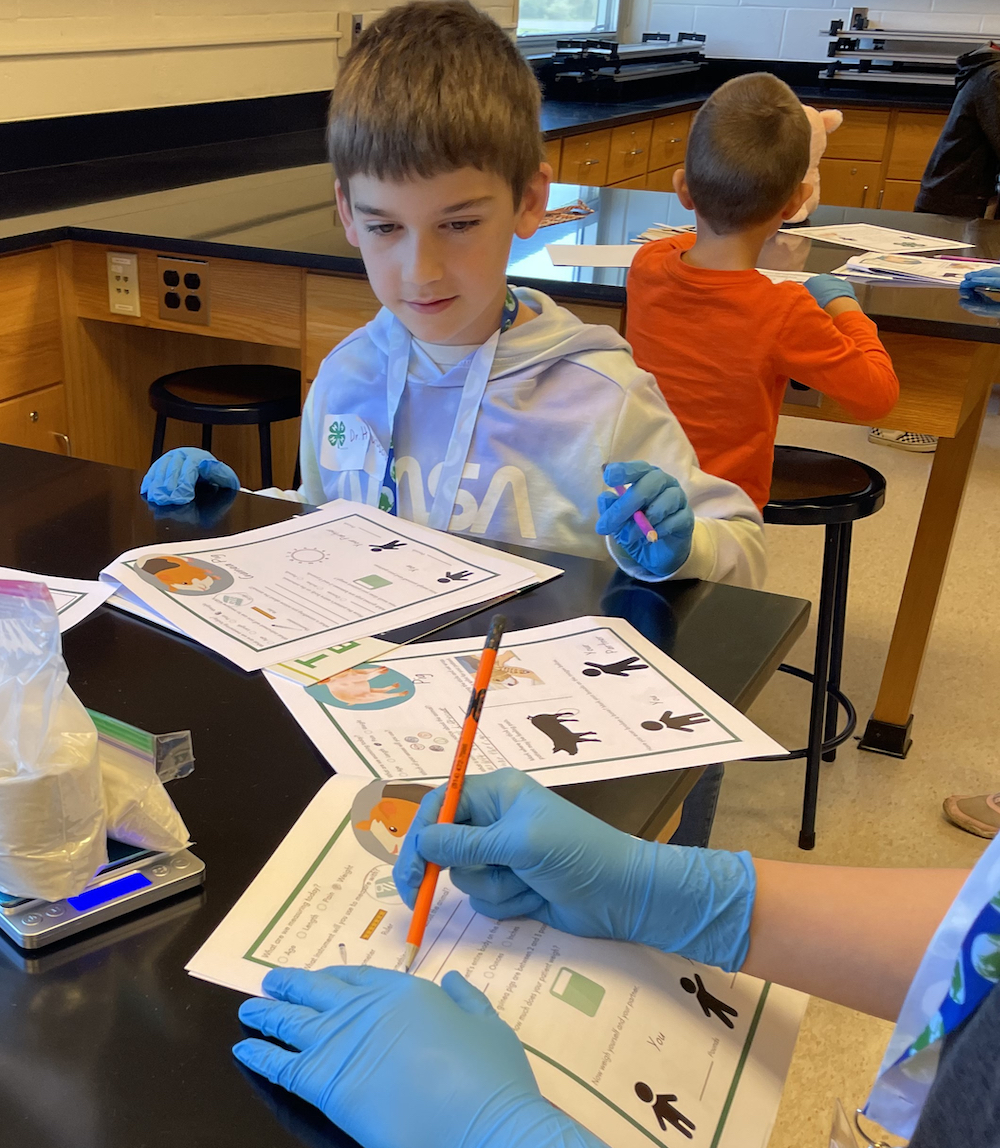
It’s an ethos shared by the high school’s teachers, who each try two new instructional strategies every year. The teachers share their results in faculty meetings and formal write-ups, explaining what worked and what didn’t.
“We’ve created an atmosphere that empowers our department chairs and teachers,” says Assistant Principal Harrington. “They’re willing to take risks and try something new. They know that if it doesn’t work the first time, that’s okay — they can tweak it and keep trying, because the payoff, for students, can be huge.”
With resources from the Western Pennsylvania Learning 2025 Alliance and support from The Grable Foundation, the Hollidaysburg Area School District is spreading that spirit of innovation and experimentation.
At the junior high school, what was once a traditional library will soon boast far more than books: Currently under construction, the Think, Imagine, Grow, Explore, and Remake (TIGER) Den will use cutting-edge technology to cultivate creativity, collaboration, critical thinking, and more. And in elementary school, a concept called Power Hour gives students and teachers space to work on individualized learning goals.
Meanwhile, “we’re sending teachers and leaders to see schools that are doing interesting things and to bring those ideas back [to Hollidaysburg] in ways that are right for our students,” says Gildea. As a result, “we’re seeing more student engagement, more ways for students to take ownership of their learning, and more students in the community getting experience in fields that excite them.”
This can mean they’re attending career fairs, shadowing surgeons, or working with the Blair County Chamber of Commerce to launch student-run businesses.
And the Hollidaysburg Area School District isn’t stopping there. The district is working with parents, school board members, business leaders, and students themselves to develop a Portrait of a Graduate: a collective vision that reflects the community’s hopes, values, and aspirations for Hollidaysburg Area students.
For Gildea, it’s another giant leap in the district’s promising direction. “We all want what’s best for kids,” he says. “So, how do we articulate that in ways that everyone can get behind? More importantly, how can we collaborate to put that portrait into action?”
When the district works together, he adds, “the sky’s the limit for the students we serve.”
Want to download this story? Click here for a PDF.
